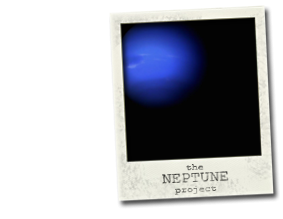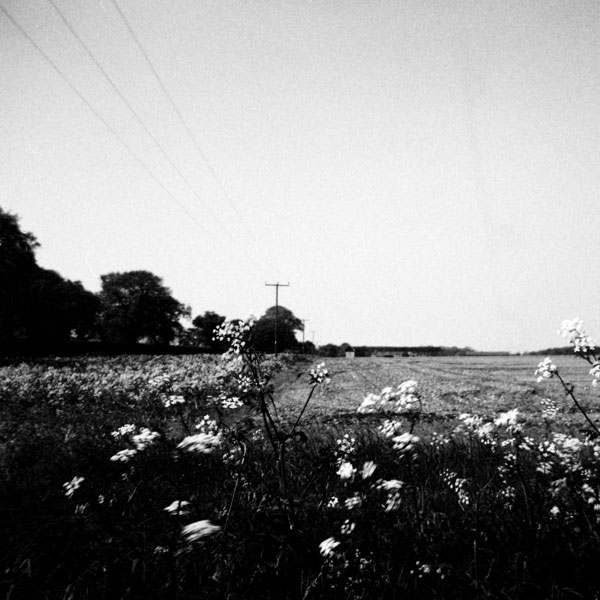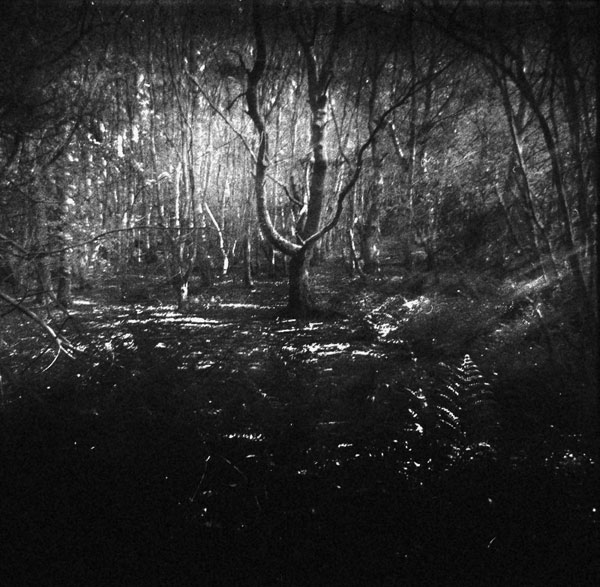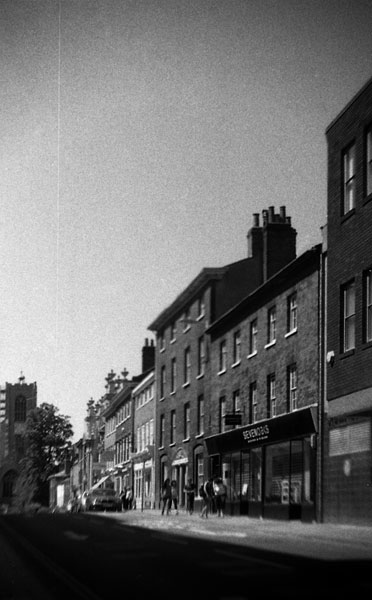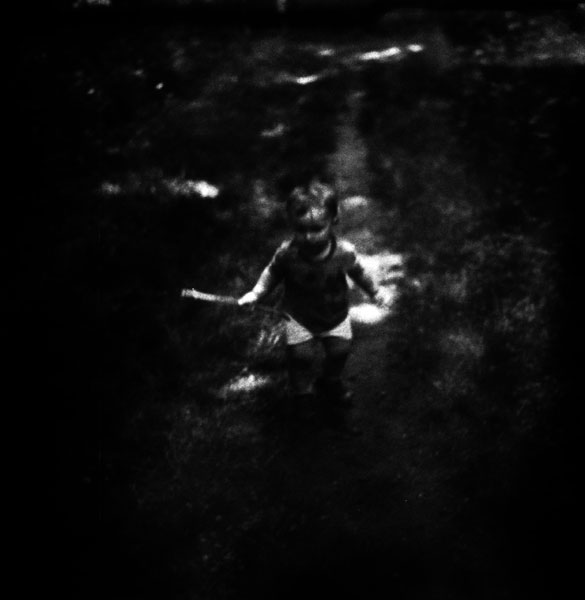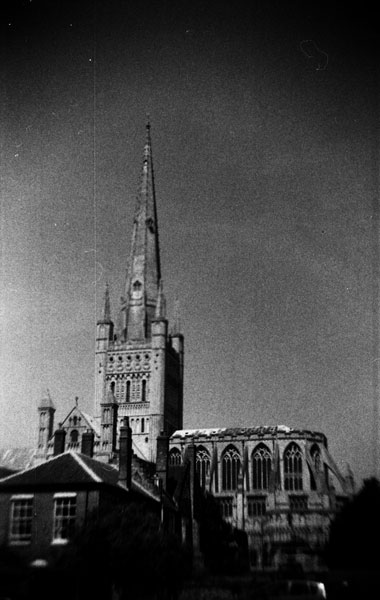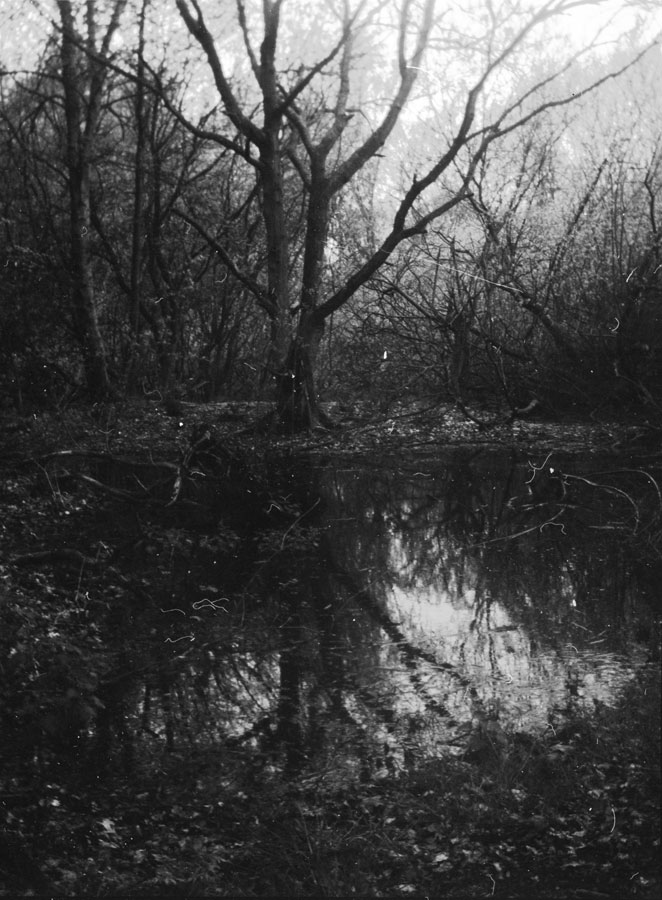Author Archives: Jem
Teddy Dusters, with stick
Voigtländer Brilliant (1938) / Cross-processed Ilford XP2
Fed 4, Jupiter 11, Tokyo Optical
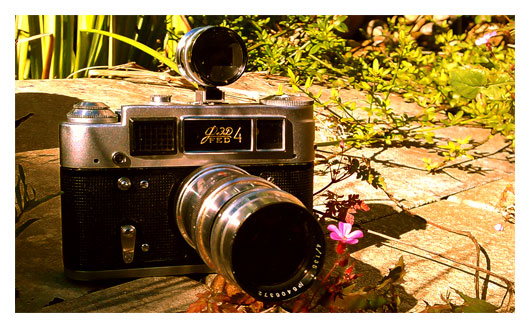 Over the last few days I have finished up film from the Gakkenflex, the Kodak Cresta II and the Voigtlander Brilliant (which had a mishap recently but still seems to be functional). My intention is to sell the Brilliant and put the funds towards a Yashica Mat TLR.
Over the last few days I have finished up film from the Gakkenflex, the Kodak Cresta II and the Voigtlander Brilliant (which had a mishap recently but still seems to be functional). My intention is to sell the Brilliant and put the funds towards a Yashica Mat TLR.
I have a Mamiya EE to test, not a very exciting camera, but you can pick them up for a couple of bucks apiece and, worst case, take them apart for the hardware. It can cost you twice as much to buy a small bag of camera screws on Ebay. And I picked up a Fed 4 body (for 99p) onto which I’ve fitted an old Jupiter 11 lens and a Tokyo Optical viewfinder, it looks kind of amazing (pictured). Soviet era cameras are always gratifying, for the experience as much as the results.
I am also cutting down a roll of Fuji Pro400 to put it into the Duex. It will be so precious to see the result of this sublime art-deco era lens on such a rich, smooth film stock.
Lo-Fi
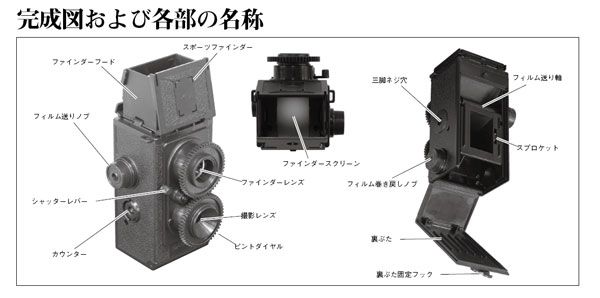 The more cameras I use, the greater my respect for lo-fi photography as a truly viable pursuit. Composition remains true regardless of the lens, and I love the Neptune end of the photographic polarity. That is of course photography’s natural state: chemical uncertainty. The rush to the wrong end of the polarity, toward Virgo and ever greater control, more megapixels, less chromatic aberration, instant verifiable results with the inconveniences cloned out after the fact in Photoshop is getting photography backward.
The more cameras I use, the greater my respect for lo-fi photography as a truly viable pursuit. Composition remains true regardless of the lens, and I love the Neptune end of the photographic polarity. That is of course photography’s natural state: chemical uncertainty. The rush to the wrong end of the polarity, toward Virgo and ever greater control, more megapixels, less chromatic aberration, instant verifiable results with the inconveniences cloned out after the fact in Photoshop is getting photography backward.
Recently I bought a Gakkenflex (pictured) which came originally from Japan. When first made this 35mm ‘Toy-TLR’ retailed for about 6 or 7 dollars, and was made entirely of plastic from a kit in a magazine. There are clones out there which give the same result for not much more. I also bought a Japanese Superheadz Black Devil and I took them both out today along with a 1956 Kodak Cresta II. There is simply no hope of controlling outcomes with any of these cameras, except in the most rudimentary terms. All you have is composition, and an understanding of which light will work, and which won’t.
And that is exactly what makes lo-fi photography so much fun, it has all the magical promise of uncertainty.
Repairing the Voigtlander Brilliant
 A while back – maybe last year – I was lucky enough to find a Voigtlander Focusing Brilliant, the best Brilliant (superlatives notwithstanding) that money can buy with a Compur shutter, and a true TLR, unlike the majority of earlier faux-TLR models. The only real problem with it was that the mirror was so badly corroded that it was near impossible to focus.
A while back – maybe last year – I was lucky enough to find a Voigtlander Focusing Brilliant, the best Brilliant (superlatives notwithstanding) that money can buy with a Compur shutter, and a true TLR, unlike the majority of earlier faux-TLR models. The only real problem with it was that the mirror was so badly corroded that it was near impossible to focus.
This camera was manufactured in 1938 and it’s reputed to have a decent lens, so it seemed a real shame to just let it gather dust. I removed the finder (4 small screws inside the hood, 3 of which were rusted through) to reveal the mirror, which as you can see, is fubar.
In picture two you can see an old make-up mirror of Alice’s which was almost the right size, I cleaned it up and measured out the replacement mirror size and cut it to fit.
All said and done it was a very easy operation, the new mirror dropped right into place and now it is quite perfect, as good as new in fact, which isn’t bad for a camera that is about to turn 75!
So that (in the odd spare moment) is what I’ve been doing this week. I have also cleaned up a Kodak Cresta, fixed a light leak on a Voigtlander Bessa and loaded new colour film into a Box Brownie. The light hasn’t been great though this week, and the box Brownies only work well under the best conditions. Other than that I’ve processed film from the Mamiya C330, and also from the Kodak Duex, which looks pretty random on the negs, but we shall see soon enough.
I’m about to process a roll of Neopan 1600 that I shot through a lensbaby, I have no real idea what to expect, but I’ll get some galleries up soon.
William Carrick, Pioneer.
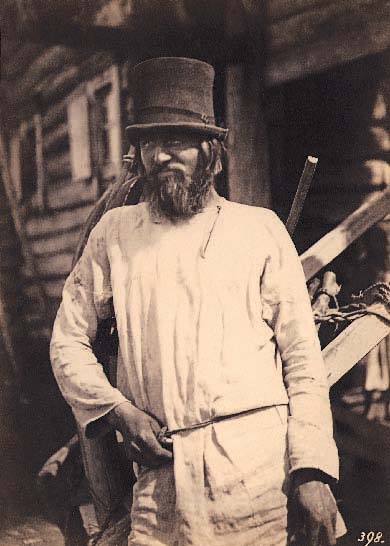 An incredible record of early photography, these images of Russian peasants (“Peasant Characters from Simbirsk Province”) taken somewhere between 1860 and 1870 are an incredible window into the past, and also provide a rare glimpse of the very beginnings of street photography, which found its zenith in the work of the great Henri Cartier-Bresson.
An incredible record of early photography, these images of Russian peasants (“Peasant Characters from Simbirsk Province”) taken somewhere between 1860 and 1870 are an incredible window into the past, and also provide a rare glimpse of the very beginnings of street photography, which found its zenith in the work of the great Henri Cartier-Bresson.
They were taken by Edinburgh born photographer William Carrick in central Russia and he would have used a very early form of plate camera, since portable cameras of any kind hadn’t even been conceived of at this time.
You can see a further 20 photographs from the William Carrick collection over here.
Also check out this awesome picture of William Carrick at his St Petersburg studio here.
